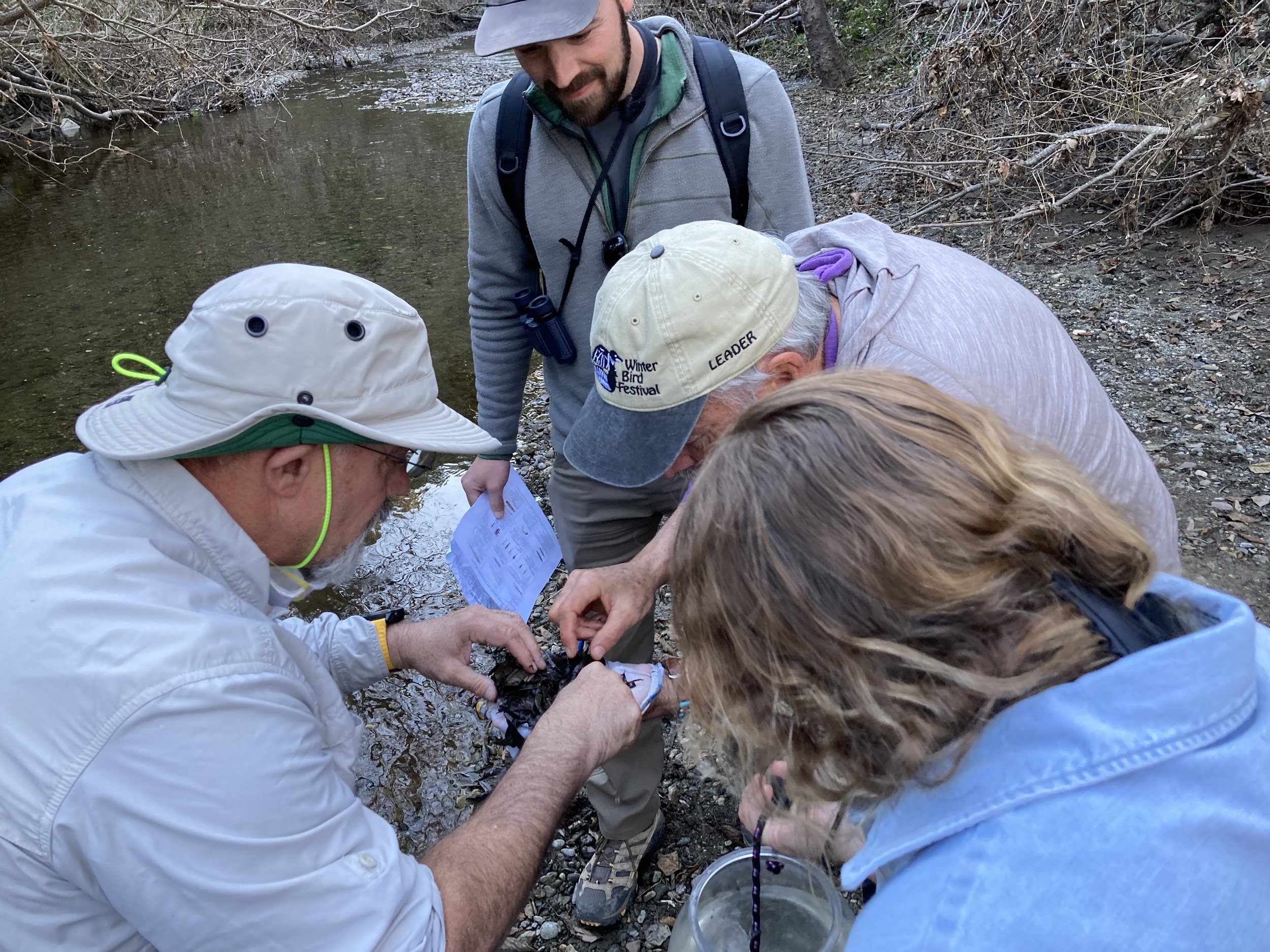I just became a certified California Naturalist!
By Jim Light
Ever wonder how and why California evolved into a place where you can ski in the morning, surf in the afternoon, and sleep in a desert all in the same day? Ask a California Naturalist.
Since I was first stationed here in the USAF, I have marveled at all the natural wonders California has to offer. From the big redwood forests to the beautiful coastline, to the deserts and everything in between… California has more habitat diversity than any other state. This is part of what drove me to support efforts to reestablish California native plants in the South Bay since the formation of SBPC. I did a lot of self-learning – reading books, using online databases, and following the lead of others. But, I have always questioned if I was doing it right? Am I qualified?
Recently, I stumbled on a University of California program aimed at expanding a community of practice amongst California Naturalists. What the heck is a naturalist? Would this program be of value in my SBPC activities? I discovered naturalists are in a sense the first environmental scientists – generalists with knowledge of natural systems as an integrated whole, not just the pieces. Naturalists are stewards of habitats and environments. And they seek to share the wonders of nature with others. Charles Darwin and John Muir were early naturalists. Specific naturalist training on California habitats and ecosystems seemed exactly what I was looking for.
There are many partners the University of California has approved to teach the curriculum, which includes over 40 hours of formal classroom training and requirements for hands-on experience. Most are taught over months – one or two nights a week and the hands-on portions spread out on weekends. I found a program in Cambria that specialized in coastal habitats and held an intensive seven-day, 12 hour a day regimen that included far more field experience than the minimum required. I enrolled in the program, held at Camp Ocean Pines/The Coastal Institute, and just completed it this past week.
What a phenomenal experience!
I saw restored dune habitats at Morro Bay. I saw the rehabilitation of the grounds around Piedras Blancas lighthouse. Both are similar to the habitats that were native to our coastline and directly applicable to the Esplanade Bluff restoration project and future reestablishment of habitat around the AES site and power lines to the east.
We learned how the native habitats are critical to fight global warming through carbon sequestration.
We learned the interplay of animals, plants, soils, and geography critical to defining a sustainable rehabilitation.
I could go on and on about what we learned, but perhaps just as important was meeting others who are so passionate about our California habitats and ecosystems. Our lecturers and activity leads had careers dedicated to research and teaching others. My classmates were mostly younger and just beginning or aspiring to careers related to California’s natural resources. Now I am proud to say I am one of them - a certified California Naturalist. I look forward to applying what I learned to SBPC’s projects and activities in the South Bay. Anyone interested in the program is welcome to contact me for more information.




